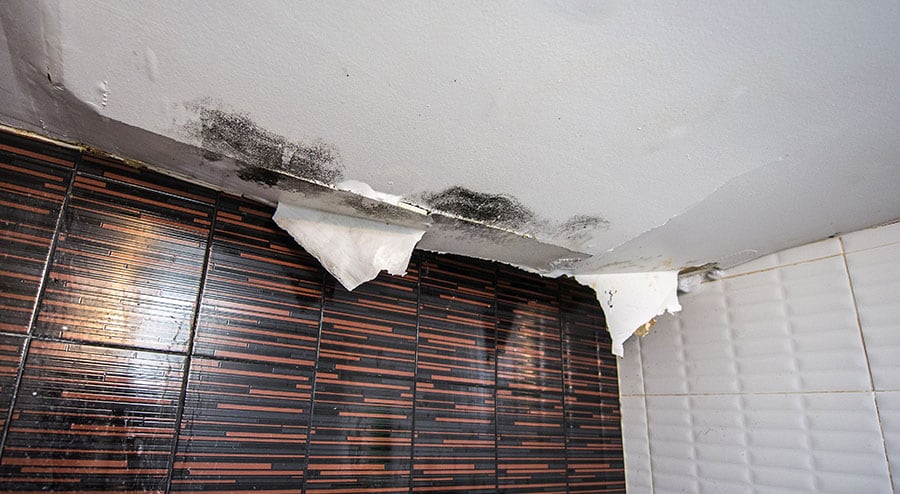Do's & Don'ts of Water Damage.
Do's & Don'ts of Water Damage.
Blog Article
They are making a few good points about Simple Solutions To Preventing Fire And Water Damage To Your Home overall in this great article down the page.

Water gives life, water invasion on parts where it's not supposed to be can result in damage. If the water saturates right into your structure, it can peel away surfaces and also wear down the structure. Mold and mildew and also mildew also flourish in a damp atmosphere, which can be unsafe for your health and wellness. Residences with water damage smell old and stuffy.
Water can originate from many sources such as typhoons, floods, burst pipes, leakages, as well as sewer concerns. In case you experience water damage, it would be excellent to understand some security precautions. Here are a couple of standards on how to manage water damages.
Do Prioritize Residence Insurance Coverage
Water damages from flood as a result of heavy winds is seasonal. You can additionally experience an unexpected flood when a damaged pipeline instantly breaks into your residence. It would certainly be best to have house insurance that covers both disasters such as natural calamities, and also emergency situations like broken plumbing.
Do Not Fail To Remember to Switch Off Utilities
This reduces off power to your entire residence, protecting against electric shocks when water comes in as it is a conductor. Do not forget to transform off the major water line valve.
Do Remain Proactive and Heed Weather Notifies
Listen to emptying cautions if you live near a river, lake, or creek . Doing so minimizes potential residential property damage.
Do Not Ignore the Roof
Before the climate transforms terrible, see to it you have a roof assessment. It would certainly be sensible to receive this service every year as it can alleviate complex issues. You can stay clear of rainfall damages if there are no openings and leaks in your roofing system. Your roofer will additionally take care of faulty rain gutters or any other signs of weakening. This will protect against water from streaming down your walls as well as saturating your ceiling.
Do Take Note Of Tiny Leaks
A burst pipe doesn't occur over night. Usually, there are warnings that suggest you have actually damaged pipes in your house. For instance, you may discover gurgling paint, peeling off wallpaper, water streaks, water stains, or leaking audios behind the wall surfaces. At some point, this pipeline will rupture. Ideally, you should not wait for points to rise. Have your plumbing fixed before it results in substantial damage.
Do Not Panic in Case of a Burst Pipe
Keeping your clearheadedness is essential in a time of crisis. Worrying will only worsen the trouble because it will suppress you from acting quick. Timing is crucial when it comes to water damage. The longer you wait, the more damage you can anticipate. Thus, if a pipe bursts in your house, right away shut off your primary water valve to cut off the source. Disconnect all electrical outlets in the area or turn off the circuit breaker for that component of the home. Ultimately, call a reputable water damage repair expert for support.
Water gives life, water invasion on parts where it's not intended to be can result in damage. Houses with water damage scent old and mildewy.
Water damages from flooding dues to hefty winds is seasonal. You might notice bubbling paint, peeling off wallpaper, water touches, water spots, or dripping audios behind the walls. When it comes to water damage, timing is key.
Some Do's & Don't When Dealing with a Water Damage
DO:
Make sure the water source has been eliminated. Contact a plumber if needed. Turn off circuit breakers supplying electricity to wet areas and unplug any electronics that are on wet carpet or surfaces Remove small furniture items Remove as much excess water as possible by mopping or blotting; Use WHITE towels to blot wet carpeting Wipe water from wooden furniture after removing anything on it Remove and prop up wet upholstery cushions for even drying (check for any bleeding) Pin up curtains or furniture skirts if needed Place aluminum foil, saucers or wood blocks between furniture legs and wet carpet Turn on air conditioning for maximum drying in winter and open windows in the summer Open any drawers and cabinets affected for complete drying but do not force them open Remove any valuable art objects or paintings to a safe, dry place Open any suitcases or luggage that may have been affected to dry, preferably in sunlight Hang any fur or leather goods to dry at room temperature Punch small holes in sagging ceilings to relieve trapped water (don't forget to place pans beneath!); however, if the ceiling is sagging extremely low, stay out of the room and we'll take care of it DO NOT:
Leave wet fabrics in place; dry them as soon as possible Leave books, magazines or any other colored items on wet carpets or floor Use your household vacuum to remove water Use TV's or other electronics/appliances while standing on wet carpets or floors; especially not on wet concrete floors Turn on ceiling fixtures if the ceiling is wet Turn your heat up, unless instructed otherwise

I ran across that entry about Safety Tips To Prevent Fire And Water Damage when perusing the web. In case you enjoyed our page kindly remember to pass it around. We truly appreciate reading our article about How To Prevent Fire And Water From Ruining Your Holiday Season.
Report this page